Getting to Know the Agave vilmoriniana
Strap in, because we’re about to venture into the world of the Agave vilmoriniana, an exotic beauty that’s as fascinating as it is distinctive. Known for its robust growth and captivating charm, this plant brings a novel touch of the wild to any space.
The Agave vilmoriniana, often referred to as the octopus agave, is easily recognized by its long, slender leaves that gently curve outward, mimicking the tentacles of an underwater octopus. The vibrant green hue of the leaves adds a touch of vitality to any surrounding, making it a popular choice amongst gardening enthusiasts.
Tracing back to its roots, Agave vilmoriniana takes its name from French botanist Maurice de Vilmorin. The uniqueness of this species, however, starts with its place of origin. Native to the rocky deserts of Mexico, the plant has adapted to thrive even in the most challenging of environments, making it quite the survivor!
What strikes most people when they encounter the Agave vilmoriniana for the first time is its monumental blossom. Standing tall at an impressive 10 to 20 feet, it commands attention and evokes the towering skyscrapers of a bustling city. Rest assured, there’s definitely nothing mellow about this fellow!
There’s something truly rewarding about watching an Agave vilmoriniana grow. Imagine stepping out into your garden every morning, coffee cup in hand, and seeing this exotic spectacle thriving in your very own space. It’s quite a sight to behold, wouldn’t you agree?
Now that we’ve painted a broad picture of what the Agave vilmoriniana is all about, why not dive a little deeper and see this majestic plant in action?
Marvel at the growth and charm of the octopus agave plant in this enlightening video:
Agave vilmoriniana is truly an alluring species and a testament to nature’s creative genius. Just like its oceanic namesake, it brings a bit of the extraordinary right into our everyday, mundane life. And isn’t that exactly what we look for in our leafy green companions? Here’s to many happy days of growing and treasuring this towering blossom!
Unraveling the Unique Features of Agave vilmoriniana
When we talk about exotic beauty in the plant kingdom, the Agave vilmoriniana, also known as Octopus Agave, cannot go unmentioned. But it’s not just a plant of stunning visual delight; it is a marvel of natural design, adapted to prosper in harsh arid environments. Let’s take a deep dive into the unique features that make this plant special.
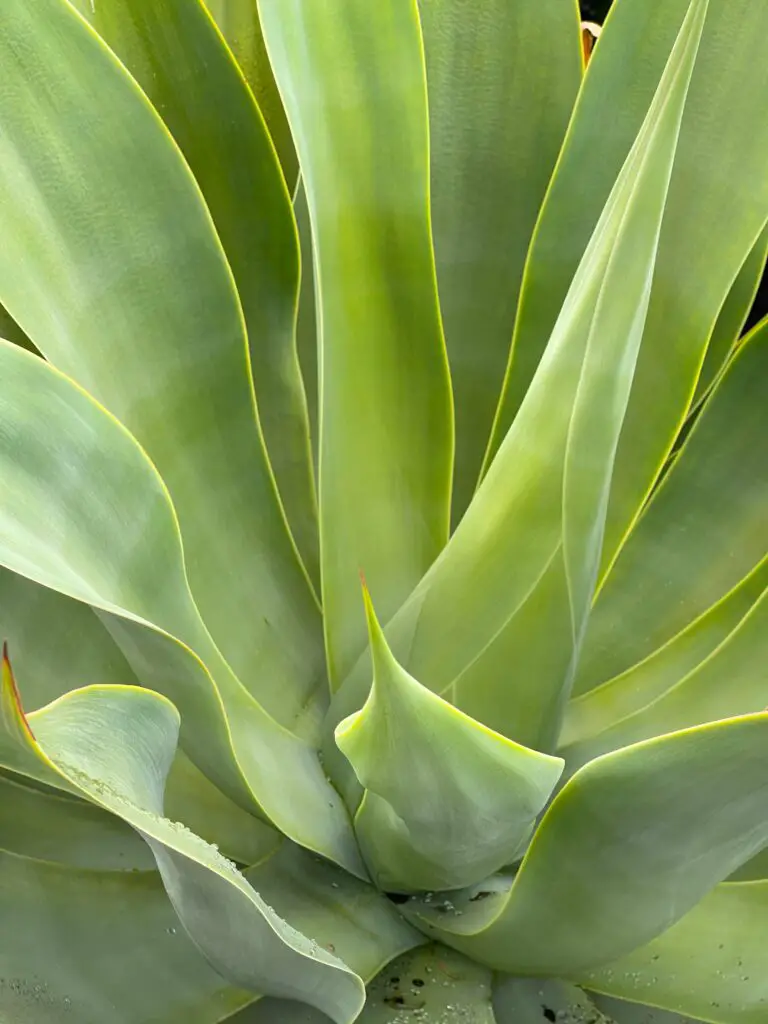
What first draws the eye to the Agave vilmoriniana is its peculiar leaf structure, giving it its common name – the Octopus Agave. The long, slender, flexible leaves seem to wriggle and curve out in all directions, just like the tentacles of an octopus skim through the sea. Each leaf has a vibrant green color, occasionally streaked with silver hues, offering a refreshing sight in the arid environment it inhabits.
Not stopping at the leaves, the Agave vilmoriniana has another mindblowing feature – its blossom. Imagine a towering stalk bursting forth from the center of the plant, reaching lofty heights up to 10 to 15 feet. The flower spike is a magnet for hummingbirds and bees, making the Agave vilmoriniana a vital part of the ecosystem. Interestingly, it only blooms once in its lifetime, a phenomenon known as ‘monocarpic’.
What fascinates plant enthusiasts and biologists alike is its efficient adaptation to a hostile environment. The insightful study reveals how it manages to store water in its succulent leaves, furthermore the leaves’ waxy coating prevents evaporation, ensuring survival in arid conditions.
So, whether you’re a plant lover, a photographer, or anybody appreciating the marvels of nature, the Agave vilmoriniana holds something captivating. Its intriguing leaf structure, the mesmerising flower stalk, and adaptability to extreme conditions – this exotic plant has it all.
In-Depth Study on the Growth and Development of Agave vilmoriniana
Imagine stepping into a desert landscape and spotting a massive, striking plant with long, elegant leaves arching gracefully outwards. Standing tall and majestic in the harsh, arid terrain, there’s a good chance what you’re marveling at is the Agave vilmoriniana, often called the ‘Octopus Agave’ due to its sprawling, ‘tentacle-like’ leaves.
Why don’t we take a moment to appreciate its exotic and captivating charm by delving deeper into the fascinating lifecycle of this resilient plant, tracing its journey from a humble germinated seed to a fully bloomed behemoth.
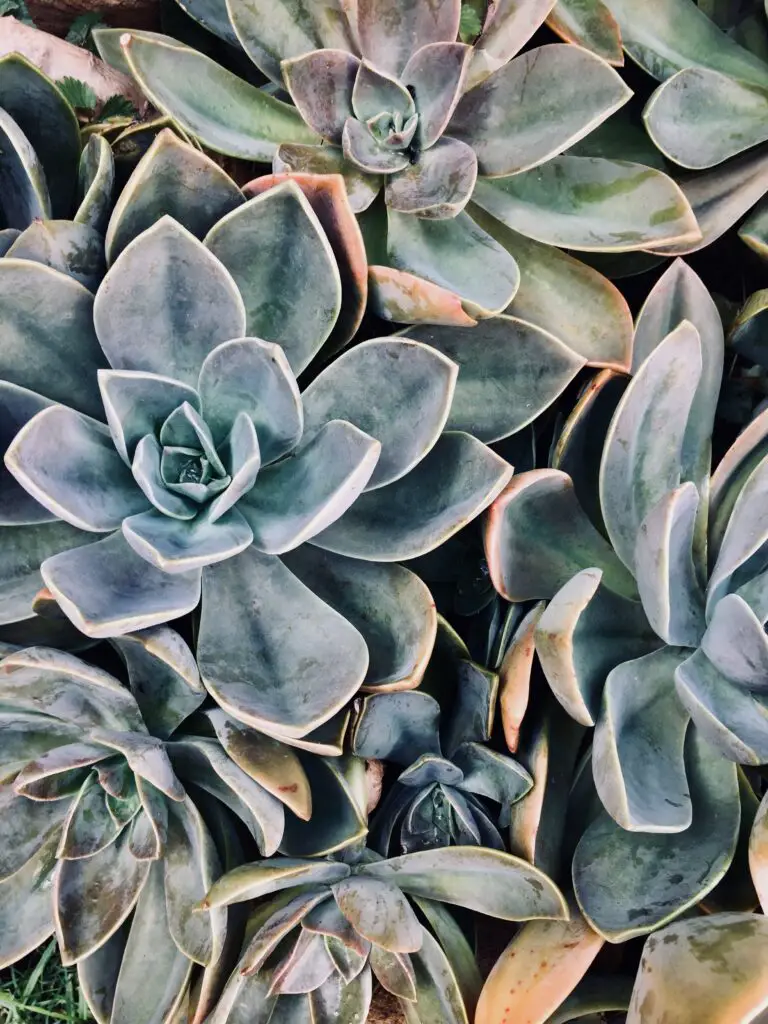
Germination and Early Growth: Planting the Seeds of Life
Each lifecycle journey of Agave vilmoriniana begins under the soil’s surface, where it enters the world as a seed that eventually germinates into a baby agave. This initial growth stage is a slow and gradual process and may take anywhere between a few weeks to a couple of months.
As the baby agave breaks through the soil and into sunlight, it starts an extraordinary transformation, slowly growing into a recognizable plant with the signature long, arching leaves of a mature Agave vilmoriniana. Interestingly, during this stage, the agave is extremely sensitive to its surroundings, responding to the smallest changes in light and temperature conditions.
The Flowering Stage: The Spectacular Showstopper
Several years down the line, the mature Agave vilmoriniana is ready to put on a truly breathtaking spectacle – the flowering stage. With a giant flowering stalk that can tower up to 15 feet in height, this plant makes an indelible impression on the desert landscape. It’s a sight to behold, with branches displaying hundreds of spectacular yellow flowers that attract pollinators from miles around.
Reproduction and Beyond: The Passing of the Torch
After the mammoth show of blossoms, the Agave vilmoriniana begins the final stage of its lifecycle – reproduction. During this phase, the plant produces bulbils (baby plants) on the spent flower stalk, a fascinating sight as each bulbil will eventually drop and start growing into a new Octopus Agave, starting the lifecycle anew.
So there you have it – the breathtaking journey of an Agave vilmoriniana from a mere seed to a flowering spectacle. Each stage, from germination to reproduction, is a testament to the resilience and tenacity of this marvelous desert dweller, a true wonder of nature’s brilliance.
Caring for your Agave vilmoriniana: Essential Tips
When it comes to nurturing your Agave vilmoriniana, a few essential tips can make all the difference. Just like a top-notch chef knows the exact measurements of ingredients that create a perfect gourmet dish, a green thumb also understands the specific care requirements that bring out the radiant beauty of their plants. So, let’s delve into some practical advice for your Agave vilmoriniana.
Watering your Agave vilmoriniana
Contrary to what you might think, these exotic plants are not big fans of water. Consider the native desert habitat of the Agave vilmoriniana – it has evolved to thrive with minimal watering. Overwatering can cause root rot, one of the few things that can harm this tough beauty. A rule of thumb is to wait until the soil is thoroughly dry before watering. In the cooler months, reducing watering frequency further helps mimic the natural dry winter season it would experience in the wild.
Choosing the Right Soil
The ideal soil for your Agave vilmoriniana is a well-draining one. It would help if you aimed for a garden mix that does not retain excess water, thus preventing root rot. You know that gritty sand mix you’ve seen in the desert scenes of your favorite action thriller? Yep, something similar would be perfect for your Agave vilmoriniana.
Light Requirements
Your Agave vilmoriniana loves sunlight but be mindful of extreme hot conditions. Although they enjoy bathing under bright light for many hours, very intense sun can scorch their leaves. Striking a balance is key here: Aim for a location that receives plenty of light for most of the day, but is shielded from extreme mid-day sun.
Temperature and Climate
When thinking of your Agave vilmoriniana, you should imagine a beach in Baja. This plant prefers a warmer climate and is not very frost tolerant. If you’re living in a city that gets a rough winter, remember to bring your Agave vilmoriniana indoors or provide it with some form of frost protection.
To help these pointers stick, here’s an interesting video that talks more about caring for your Agave vilmoriniana:
Taking care of your Agave vilmoriniana might look like a challenging task, but with these caring tips, you should have no problem ensuring the maximum health and growth of your plant. Here’s wishing you a successful green thumb journey with your exotic Agave vilmoriniana!
Calculated Cultivation: Propagation Strategies for Agave vilmoriniana
If you’re a fan of exotic plants, you’re probably familiar with the Agave vilmoriniana, or as it’s more commonly known, the Octopus Agave. This uniquely shaped succulent adds a touch of fascination and wonder to any garden or indoor space it inhabits.
One of the particularly exciting aspects of the Agave vilmoriniana is its propagation process. Essentially, propagation is the process of creating fresh growth from an existing plant, and every gardener or horticulturist knows, this is where the magic really happens.
So, let’s dive right in and explore some effective propagation strategies specifically for the Agave vilmoriniana.
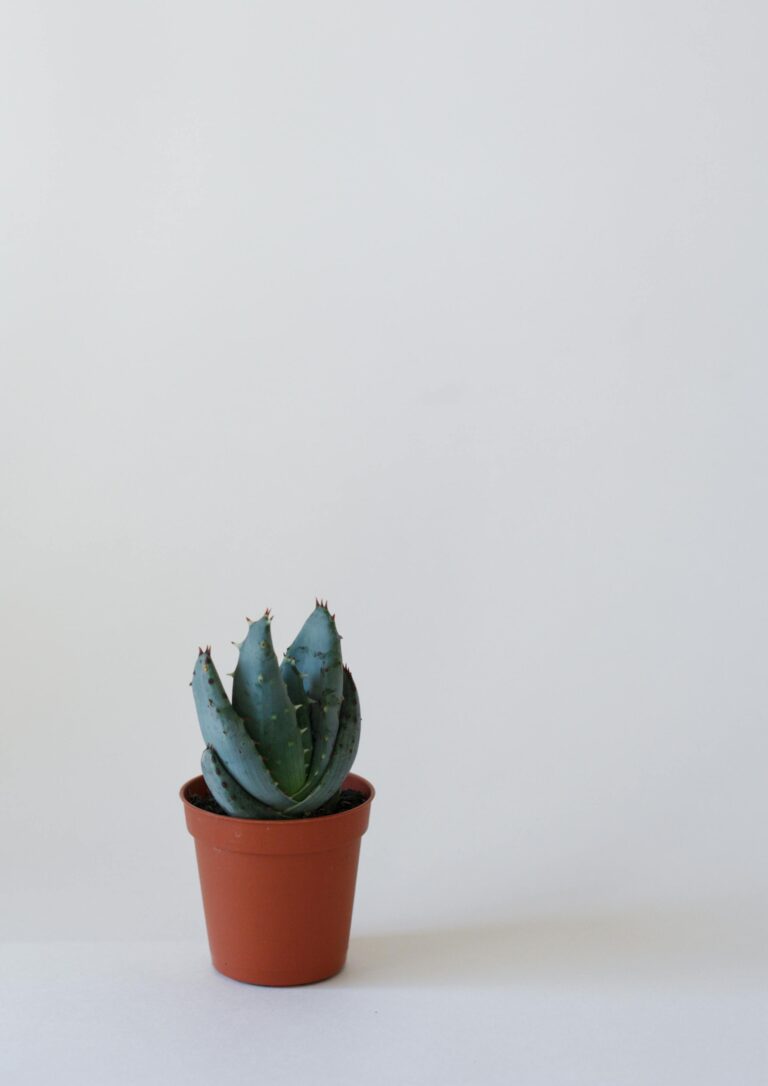
Get Cutting!
One of the simplest and most commonly used propagation methods for Agave vilmoriniana is through cuttings. This involves cutting a healthy leaf from the mother plant and allowing it to form a hardy ‘callus’ before planting.
It’s not just the simplicity of this method that makes it ideal for Agave vilmoriniana propagation; it’s also because it ensures genetic uniformity — meaning the plant you end up with is a precise clone of the original, retaining all its unique attributes and characteristics.
Offsetting Success
Another effective Agave vilmoriniana propagation strategy is through offsets, also known as ‘pups’. These are small plants that grow from the base of the mother plant — practically doing most of the work for you.
The best time to separate and replant these offsets is in spring or early summer when they’re sprouting lush and lively. Do remember to wear gloves when handling Agave plants though, as they can be prickly!
Consider the Seed
Perhaps a less obvious method of Agave vilmoriniana propagation is through seeds. This method requires a little more patience as seeds take longer to grow into mature plants. However, it does come with the joy of watching a new life develop from scratch.
Remember, every propagation method has its advantages and disadvantages, and the best method for you will depend on your gardening goals, knowledge, and resources. But no matter which method you choose, the result will be the same — a vibrant, dramatic, and thoroughly exotic specimen that would be an asset to any plant collection.
Want to know more? Check out this exhaustive Agave vilmoriniana propagation guide to get started on your propagation journey!
Common Challenges and Solutions in Growing Agave vilmoriniana
Have you ever looked at a lush, healthy Agave vilmoriniana and felt a pang of envy? You’re not alone. This wonderful plant, renowned for its striking looks and towering flowers, can be quite challenging to grow. Between dealing with crafty pests, perplexing diseases, and fickle weather conditions, cultivating Agave vilmoriniana can sometimes feel like an ongoing battle. But fear not, dedicated gardener! Below, we’ll discuss some common issues you may face when growing this exotic beauty and arm you with solutions and preventive tips to keep your plant in the best possible shape.
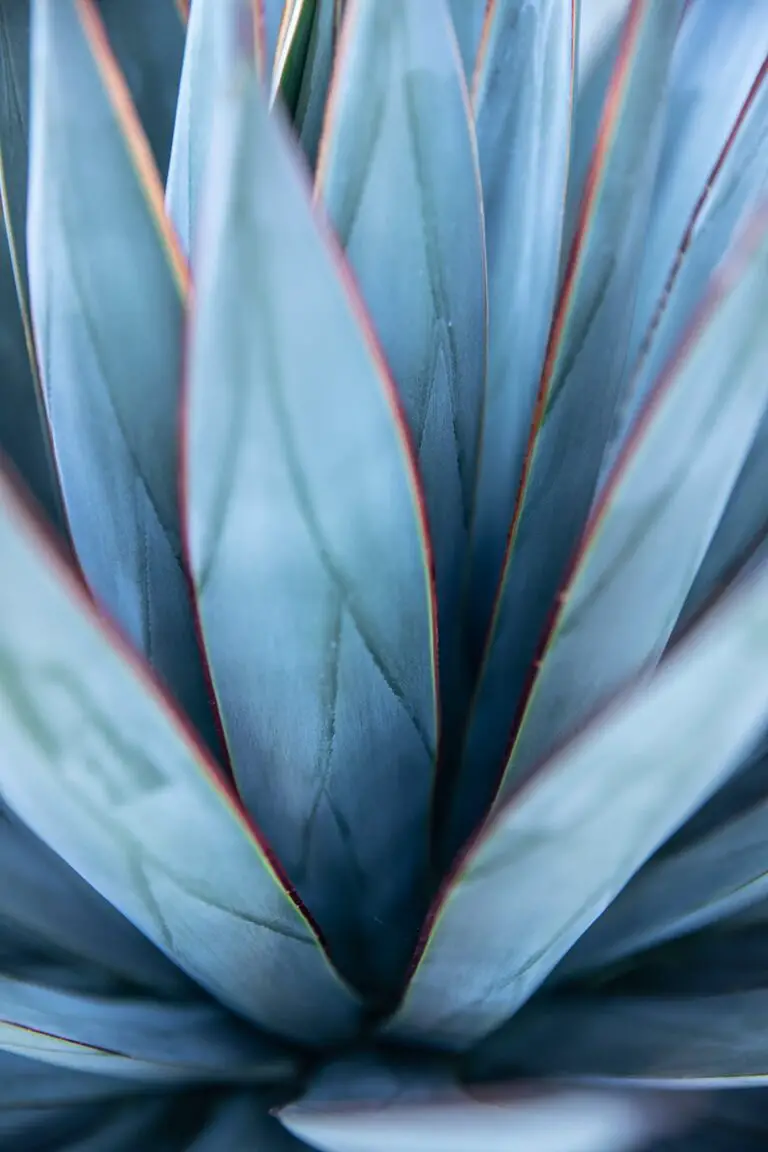
Firstly, let’s talk about pests – those tiny but mighty foes. While Agave vilmoriniana can be fairly resilient, certain pests, such as the Agave snout-nosed weevil and caterpillars, can cause serious damage. You’ll know you have an infestation if your plant starts sporting wilted, yellowing leaves or if the trunk appears to be rotting. The solution? Regular inspection is key. By inspecting your Agave vilmoriniana routinely, you can spot infestations early and treat them promptly with an organic or chemical pesticide.
Next up are diseases. Powdery mildew, a common fungal disease, can leave your Agave vilmoriniana looking like it’s been dusted with flour. This disease thrives in warm, dry climates and can harm your plant’s ability to photosynthesize. Beat it by regularly pruning your plant to increase its ventilation. If an infection does occur, treating your Agave vilmoriniana with a fungicide can do the trick.
Finally, abiotic problems should not be underestimated. These nonliving issues often present as discoloration on your plant’s leaves, stunted growth, or sudden wilting. For instance, too much sunlight can burn your Agave vilmoriniana’s leaves while insufficient water can leave it dehydrated. Balance is crucial in raising Agave vilmoriniana and understanding its needs will significantly improve its chances of flourishing. Check out this care guide for more comprehensive advice.
Remember, each plant is unique and what works for one might not work for another. It’s important to understand your Agave vilmoriniana’s individual needs and preferences. With a bit of patience, persistence, and knowledge, you will be well on your way to raising a healthy, blossoming Agave vilmoriniana that is sure to turn heads!
The Resilience of Agave vilmoriniana: Adaptability and Durability
In the realm of horticulture, when we mention resilience, the Agave vilmoriniana immediately comes to mind. A master of adaptability, the plant has an uncanny ability to thrive in adverse conditions where many other species struggle to survive. It’s like the plant swears by the mantra “adapt or die”, and it chooses to adapt every single time.
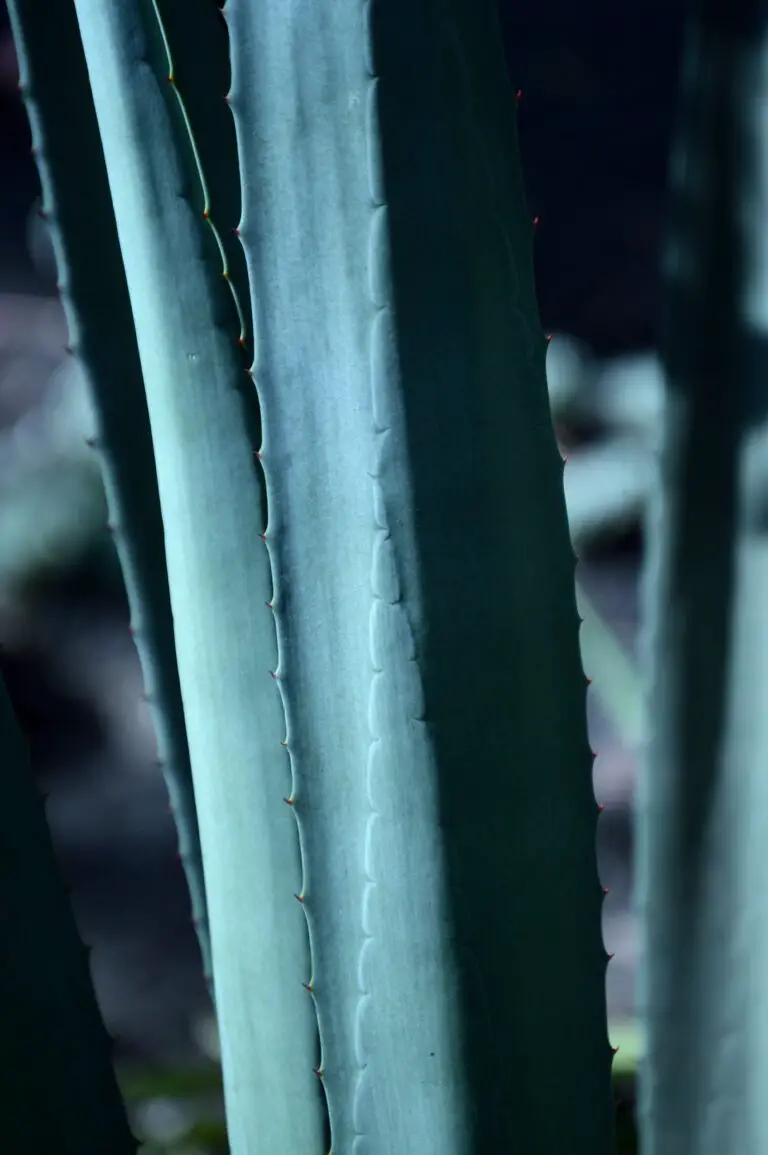
Take its water retention strategy, for example. In the scorching desert heat, where water is a luxury, the Agave vilmoriniana has developed an elaborate system for preserving every precious drop. Its leaves are thick, fleshy, and coated with a waxy substance – characteristics that enable it to reduce water loss and endure drought-like conditions.
Surviving the Desert: A Hardened Gladiator
Speaking of harsh environments, imagine a gladiator thrown into the arena under the scorching midday sun. Just like this unbowed gladiator, the Agave vilmoriniana fights valiantly in the face of unmistakable adversity. Its fleshy leaves not only help conserve water, but, more impressively, shield its tender young shoots from predators. Ingenious, isn’t it?
What’s even more fascinating is that despite its tough exterior, the Agave vilmoriniana has an alluring aesthetic appeal. Its breastplate, the rosette of long, elegant, arching leaves adorned with curvy filaments, shines brightly in the desert sun, painting a stunning picture of strength and beauty. A prime example of survival of the fittest, wouldn’t you say?
From Desert Sands to Concrete Jungles
And it’s not just the desert where the Agave vilmoriniana has marked its territory. This adaptable plant has successfully migrated from the sandy desert abyss to the concrete urban sprawl. Its exemplary adaptability attributes have made it a popular choice for city dwellers, and it’s now adorning gardens, balconies, and indoor spaces around the globe. Like a true world citizen, it has not just survived, but flourished with aplomb in its new environment.
FAQs: Your Top Questions About Agave vilmoriniana Answered
From the outset, let’s delve into some of the most frequently asked inquiries about the enigmatic and undeniably stunning Agave vilmoriniana. This section aims to quench your curiosity and provide insights to help you understand this exotic plant better.
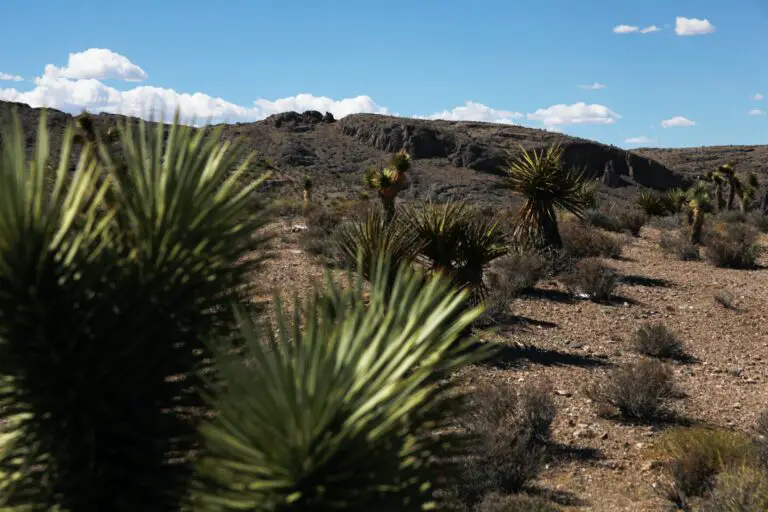
What is Agave vilmoriniana?
For starters, Agave vilmoriniana, commonly known as the Octopus Agave, is an extraordinary variety of perennial succulent that hails from the rocky slopes of Mexico’s mountain ranges. It’s renowned for its unique foliage that resembles the tentacles of an octopus and the dramatic towering flower spike that it produces toward the end of its life.
How do you propagate Agave vilmoriniana?
Propagation of this Agave species is indeed a fascinating process! Unlike many plants that reproduce through seed or cuttings, Agave vilmoriniana produces numerous baby plants or ‘bulbils’ right on its flower stalks! Think of it as a parent plant giving birth to hundreds of little offspring. With proper care, these bulbils can be planted and grown into a new plant.
What are the care requirements?
If you’re aspiring to add this unique beauty to your garden, it’s vital to understand its care requirements. Generally, Agave vilmoriniana prefers full sun exposure, well-drained soil, and occasional watering. It’s pretty drought-resistant, making it an excellent choice for arid landscaping or low-maintenance gardens.
What are some common issues with Agave vilmoriniana?
No plant is immune from problems, and Agave vilmoriniana is no exception. Some common issues include yellowing or wilting leaves often due to overwatering or poor drainage. Also, watch out for pests like agave snout weevil and fungal diseases.
Can Agave vilmoriniana grow indoors?
Indeed, the Agave vilmoriniana can make an impressive indoor plant. Remember to place it near a bright window to mimic its natural sunny habitat and water sparingly, especially during winter. Trust me, this exotic charismatic plant will transform your indoor space with its uniquely striking appearance.



